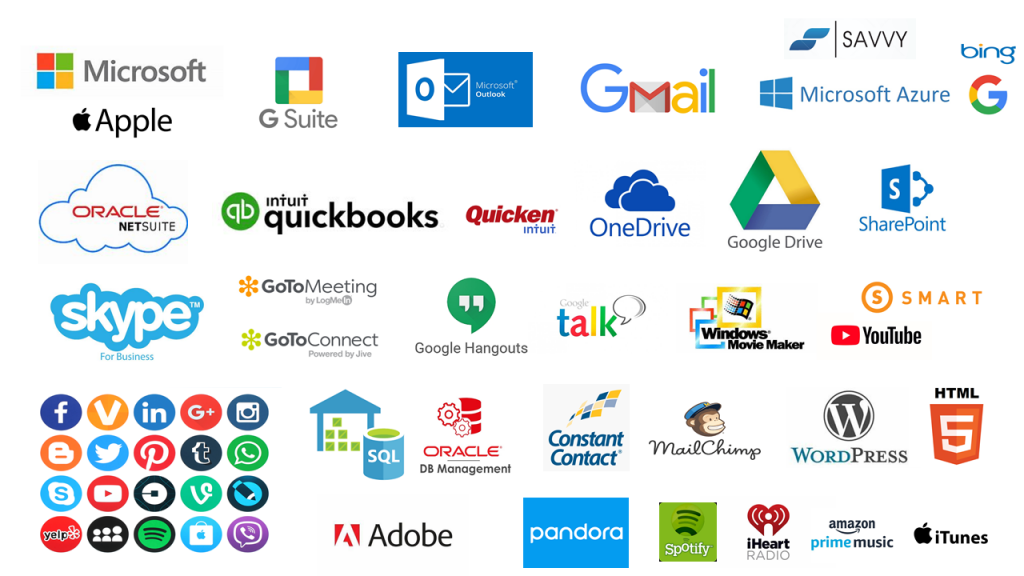How many passwords does your browser manage?
7 Internet Sites in from 2 providers, with two Content Management Accounts and 5 email accounts.
2 Banking Accounts, plus any new or existing customers.
3 or more Financial Interchange Accounts separate from Banking Accounts
5 Storage Drive Accounts
1 Phone Account
3 Security questions for 5 email accounts, all varying
5 regularly visited accounts
The Department of Education Account, Debt Management Account, School Accounts, Libraries, Utilities, Credit Cards, Banking, Finance, Email, Storage, Facebook, Twitter, Instagram, Pinterest, Reddit, Car Shopping, Craigslist, Medical Records, Phone, Cell Phone, Rent or Mortgage Company, Blogs, Content Management Systems, Tax Systems, Music Entertainment, YouTube, SmartTV Devices, TV Applications, Job Boards, and Social Security Administration — and a million more options.
If each account required a different login, password, and security questions, how many different logins and passwords would have to be memorized or maintained?
This is the activity of an Online Shopper, Blogger, Student, Banker, and Developer and does not include online store accounts or social media accounts.
One single action can remove all account information from a Browser, therefore requires a handwritten or typed password management solution. The typed solution stored on a computer is higher risk than a printed or handwritten solution kept in a secure location. Just as one single action can remove all account information from a browser, one single action of theft of the centralized account management system, but the result is far more damaging if improperly shared or used.
Memorization problems exist and cause setback in work efficiency. It also causes psychiatric frustration and irritation leading to headaches, anger, and loss of motivation to work with such a complicated and secure design. The requirements are forced by the Security Industry, with the promise of protection being a two or more party agreement not to share, sell, or misuse information, all of which cannot be verified or proven unless directly visible, trackable, reportable, and sharable with authorities. After an attack has occurred, or theft, it is too late – the damage is done and recovery is not always possible.

